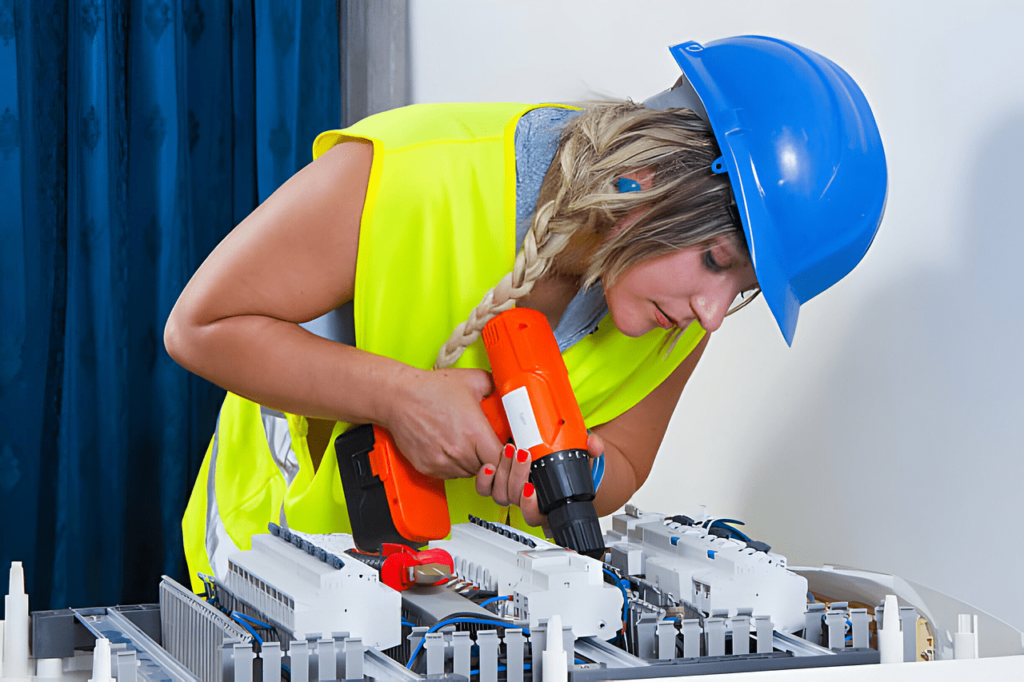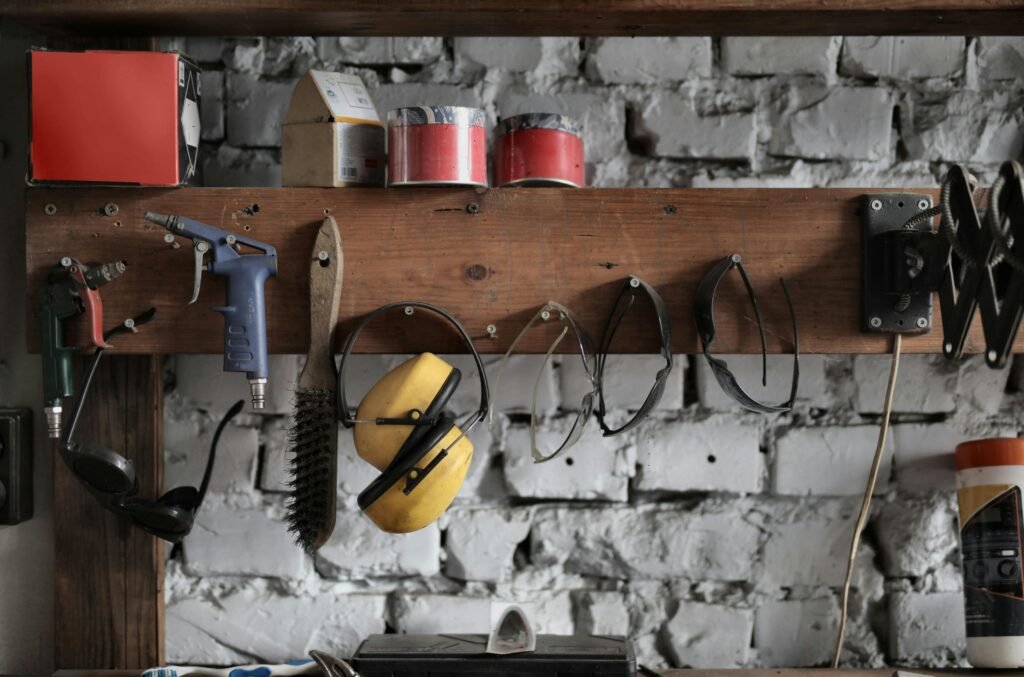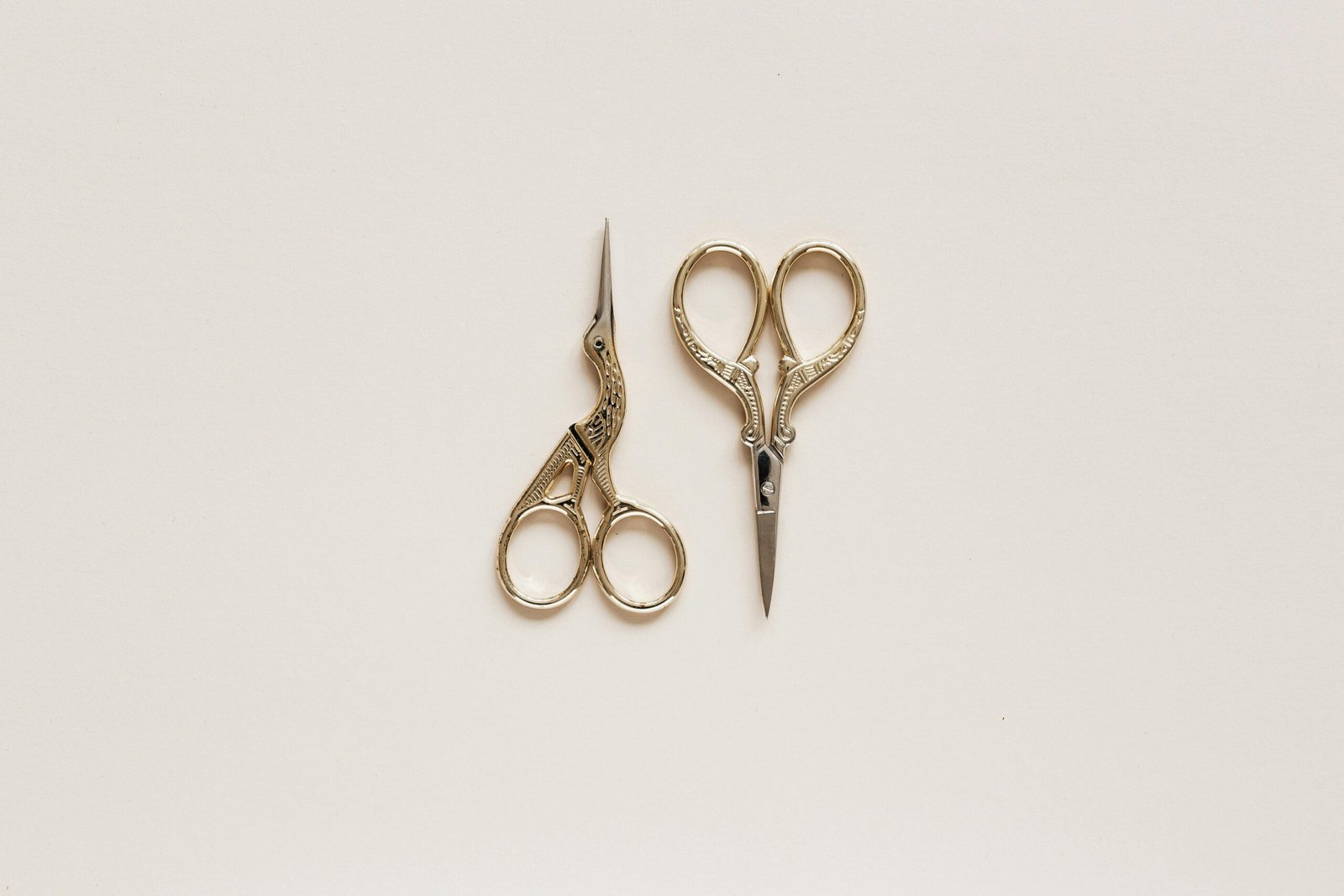Welcome to “The Right Tools for a Safe Installation Process”! In this article, you will discover the essential tools and equipment needed to ensure a safe and successful installation process. From proper safety gear to specialized tools, having the right equipment at your disposal is crucial for getting the job done efficiently and without any mishaps. Let’s dive in and explore the key items you need to have on hand for a smooth installation experience.
Are you prepared for a safe installation process?
Before starting any installation process, it is essential to ensure that you have the right tools and equipment to complete the job safely and efficiently. Whether you are installing a new appliance, assembling furniture, or tackling a DIY project, the proper tools are crucial for a successful outcome. In this guide, we will discuss the tools and equipment needed for a safe installation process.

This image is property of pixabay.com.
The Basics: Essential Tools for Every Installation
Every installation project, no matter how big or small, requires a set of basic tools that are essential for getting the job done. These tools are indispensable for a safe and successful installation process. Here are some of the basic tools you should have in your toolbox:
Screwdriver
A good quality screwdriver set is a must-have for any installation project. Whether you are tightening screws, assembling furniture, or mounting fixtures, a screwdriver will be your best friend. Make sure to have both flathead and Phillips head screwdrivers in various sizes to accommodate different screw types.
Hammer
A hammer is another essential tool that you will need for a variety of installation tasks. From driving nails to tapping in dowels, a hammer is a versatile tool that should be in every toolbox. Choose a hammer with a comfortable grip and a weight that feels right for you.
Tape Measure
Accurate measurements are critical for a successful installation process. A tape measure will help you ensure that everything is properly aligned and spaced correctly. Look for a tape measure with both metric and standard measurements for added versatility.
Level
A level is essential for ensuring that your installations are straight and level. Whether you are hanging shelves, mounting TVs, or installing cabinets, a level will help you achieve a professional-looking result. Invest in a high-quality bubble level with different lengths for various projects.
Pliers
From gripping to cutting, pliers are versatile tools that can come in handy for a variety of installation tasks. Whether you need to tighten nuts and bolts or strip wires, a good pair of pliers is a must-have in your toolbox. Look for pliers with comfortable grips and sharp, durable jaws.
Utility Knife
A utility knife is essential for cutting materials such as cardboard, plastic, and tape during the installation process. Whether you are unpacking boxes, trimming edges, or making precise cuts, a sharp utility knife will make your job easier and more efficient. Keep extra blades on hand for quick replacements.
Drill
A drill is a power tool that will save you time and effort when installing fixtures, furniture, or appliances. Whether you need to drill pilot holes, drive screws, or install anchors, a drill is a versatile tool that every homeowner should have in their arsenal. Choose a cordless drill for added convenience and portability.
Safety Gear
Safety should always be a top priority when working on installation projects. Wear proper safety gear such as gloves, goggles, and ear protection to protect yourself from injuries. Make sure to read the manufacturer’s instructions and follow safety guidelines for each tool you use.

This image is property of pixabay.com.
Specialty Tools for Specific Installation Tasks
In addition to the basic tools mentioned above, certain installation projects may require specialty tools that are designed for specific tasks. These tools can help you achieve professional results and make the installation process easier and more efficient. Here are some specialty tools that you may need for specific installation tasks:
Pipe Wrench
If you are working on plumbing installations or repairs, a pipe wrench is an essential tool for tightening and loosening pipes and fittings. Choose a heavy-duty pipe wrench with serrated jaws for a secure grip on pipes of various sizes.
Stud Finder
When hanging heavy objects such as shelves, mirrors, or TVs, it is essential to locate wall studs for secure mounting. A stud finder is a handy tool that uses electronic sensors to locate studs behind drywall, plaster, or wood paneling. Invest in a reliable stud finder for accurate results.
Wire Stripper
If you are working on electrical installations or repairs, a wire stripper is a must-have tool for safely stripping insulation from wires. Choose a wire stripper with sharp blades and adjustable settings to accommodate different wire gauges.
Tile Cutter
For tile installations such as backsplashes, floors, or walls, a tile cutter is essential for cutting tiles to fit around edges, corners, and obstacles. Choose a tile cutter that is suitable for the type and thickness of tiles you are working with for clean, precise cuts.
Miter Saw
If you are installing trim, molding, or framing, a miter saw is a versatile tool that will help you achieve precise angled cuts. A miter saw can be used to make straight cuts, miter cuts, bevel cuts, and compound cuts with accuracy and ease. Invest in a quality miter saw for professional-looking results.
Clamp
Clamps are essential tools for holding materials in place during installations such as gluing, screwing, or welding. Choose a variety of clamps in different sizes and styles to accommodate various projects. Clamps with quick-release mechanisms and adjustable jaws are convenient for secure hold and quick release.
Paint Roller
If you are painting walls, ceilings, or furniture during the installation process, a paint roller is a must-have tool for applying paint quickly and evenly. Choose a paint roller with a comfortable handle and durable roller cover for smooth, professional results. Use different roller sizes for different surfaces and areas.
Caulk Gun
A caulk gun is essential for applying sealants and adhesives during installations such as caulking joints, filling gaps, or sealing leaks. Choose a caulk gun with a smooth trigger mechanism and adjustable pressure settings for precise application. Keep caulk cartridges on hand for quick replacements.

This image is property of pixabay.com.
Organization and Storage: Keeping Your Tools Safe and Accessible
To ensure that you have the right tools and equipment for a safe installation process, it is essential to keep your tools organized and stored properly. Proper tool organization will help you locate tools quickly, prevent damage or loss, and improve efficiency during installations. Here are some tips for organizing and storing your tools:
Toolbox
Invest in a durable toolbox or tool bag to store your tools and keep them organized. Choose a toolbox with multiple compartments, removable trays, and a sturdy handle for easy transport. Label compartments for easy identification of tools and accessories.
Tool Chest
For larger tool collections or power tools, consider investing in a tool chest with drawers, shelves, and cabinets for organized storage. Choose a tool chest with lockable drawers, heavy-duty casters, and powder-coated finish for durability and security. Organize tools by type, size, or frequency of use for quick access.
Pegboard
Hang a pegboard on the wall of your garage, workshop, or tool shed to store frequently used tools within easy reach. Use hooks, bins, and shelves to organize tools by category, size, or color for visual appeal. Customize the layout of your pegboard to accommodate different tool sizes and shapes.
Wall Mount
Install wall-mounted racks, shelves, or cabinets to store larger tools, equipment, or supplies such as ladders, sawhorses, or storage bins. Utilize vertical wall space for storage to maximize floor space and create a clutter-free work area. Secure wall mounts with anchors and screws for stability and safety.
Tool Belt
Wear a tool belt or tool pouch while working on installation projects to keep essential tools within arm’s reach. Choose a tool belt with multiple pockets, loops, and compartments for storing tools, fasteners, and accessories. Adjust the belt for a comfortable fit and secure tools with clips or straps.
Tool Bag
Use a tool bag or tote for storing and transporting tools when working on installations at different locations. Choose a tool bag with a durable construction, reinforced handles, and multiple pockets for organized storage. Keep small tools, accessories, and safety gear in the bag for easy access.
Tool Rack
Install a tool rack or tool organizer on the wall to hang long-handled tools such as brooms, rakes, shovels, and ladders. Use hooks, brackets, and pegs to secure tools in place and prevent them from falling or slipping. Customize the layout of your tool rack to accommodate different tool lengths and weights.
Tool Cabinet
Store power tools, corded tools, or bulky tools in a tool cabinet with adjustable shelves, locking doors, and integrated power outlets. Choose a tool cabinet with built-in lighting, dust extraction, and tool charging stations for convenience and efficiency. Label cabinet shelves and drawers for easy access to tools and accessories.

This image is property of images.pexels.com.
Conclusion
In conclusion, having the right tools and equipment for a safe installation process is essential for achieving professional results and preventing accidents or injuries. By investing in quality tools, organizing your toolbox, and following safety guidelines, you can ensure that your installation projects are successful and hassle-free. Remember to maintain your tools regularly, replace worn-out parts, and upgrade your tools as needed to keep up with changing installation requirements. Stay safe, stay organized, and enjoy the satisfaction of a job well done with the right tools at your fingertips. Happy installing!
